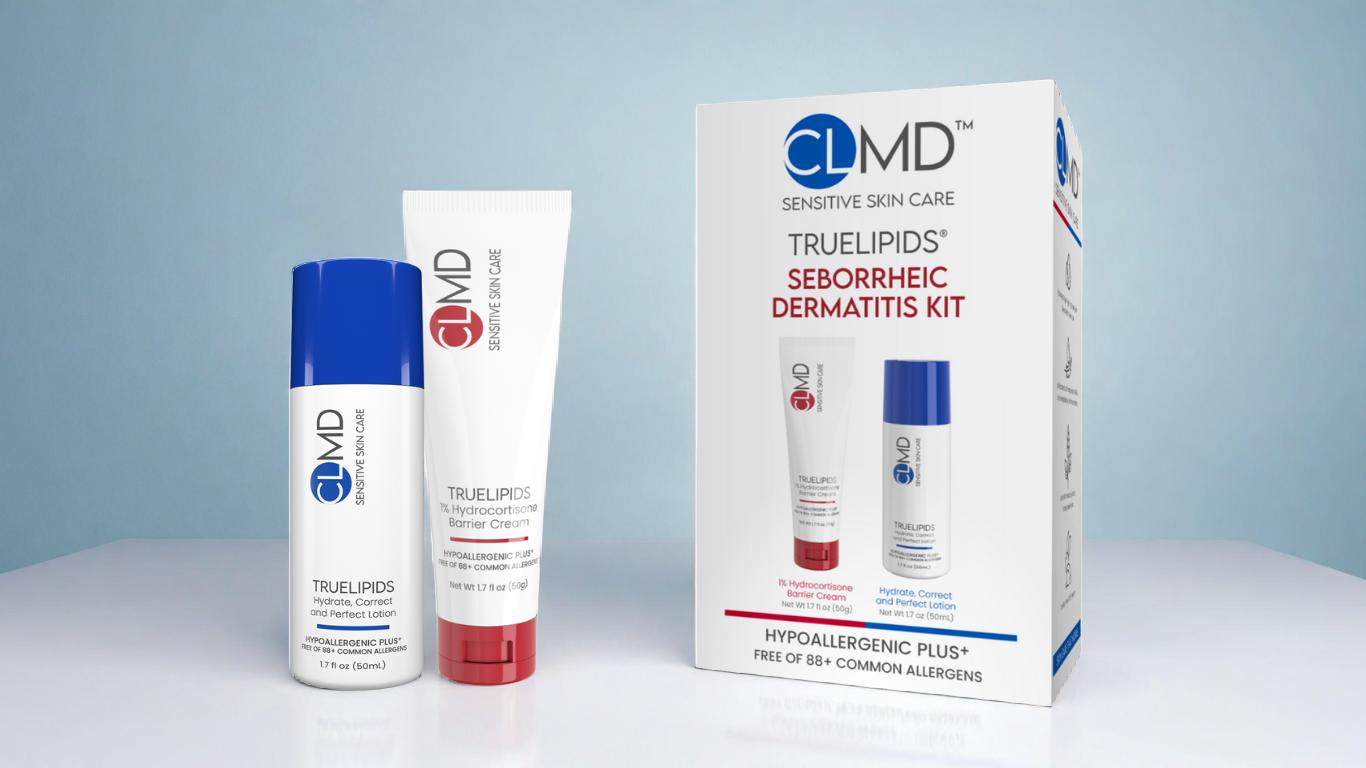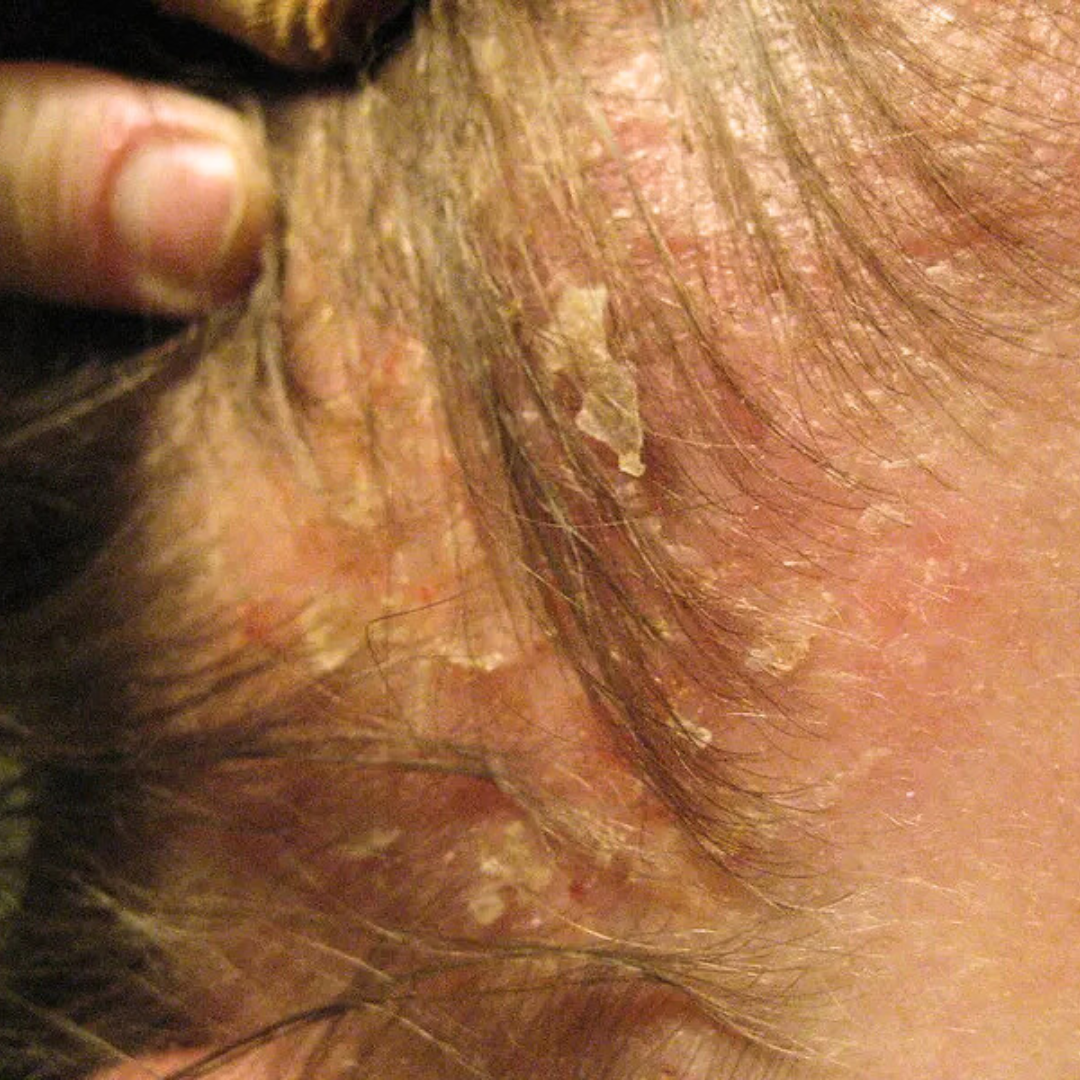
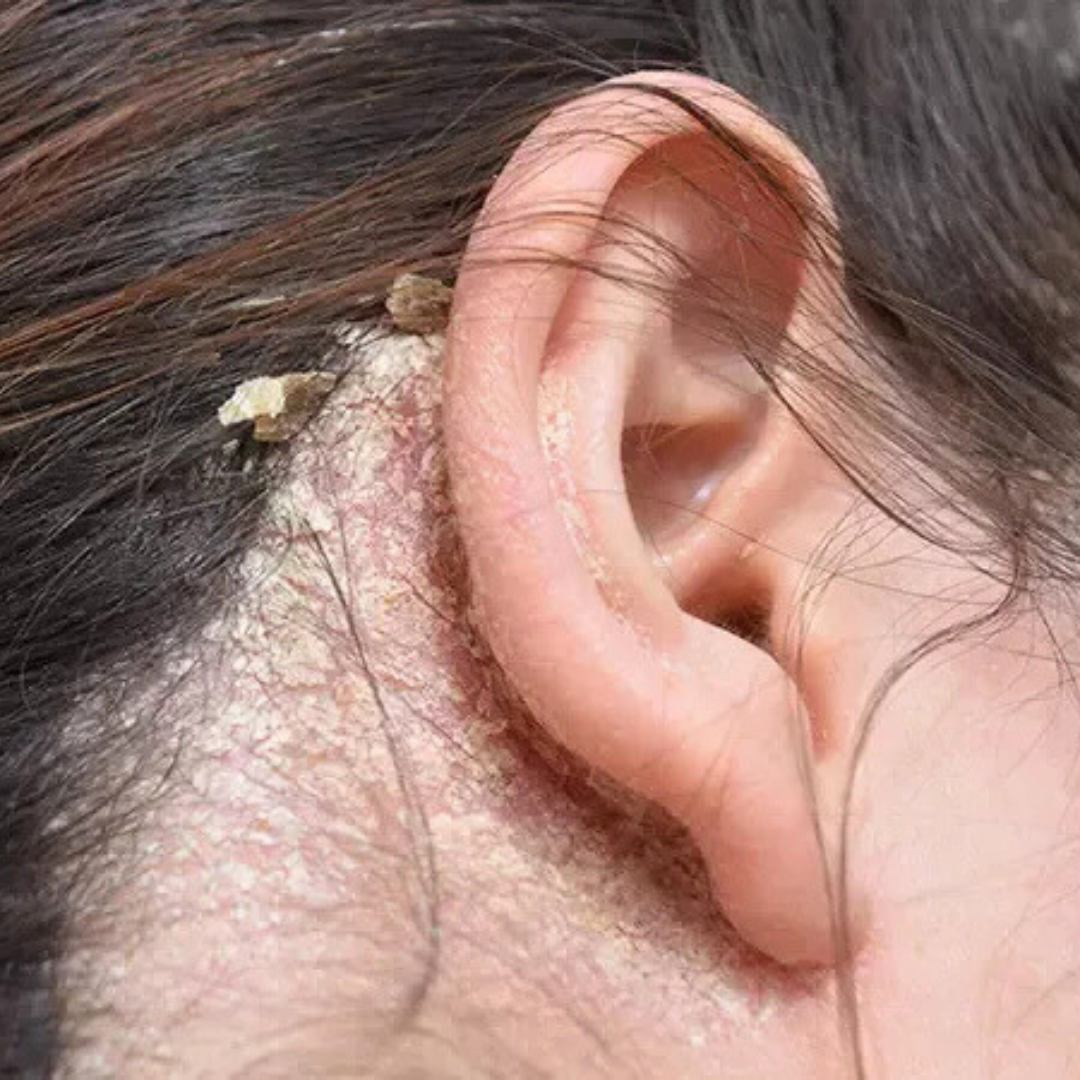
Don’t Let Seborrheic Dermatitis Leave You Scratching Your Head
Seborrheic dermatitis isn’t just an annoying scalp condition—it’s a skin issue that can pop up where you least expect it.
Characterized by greasy, scaly patches and those intense, persistent itches, seborrheic dermatitis can show up on your scalp, face, chest, and even in body folds. And while it’s incredibly common, that doesn’t make it any less frustrating to manage.
But don’t worry – we’ve got you covered.
Decode Your Seborrheic Dermatitis
Seborrheic dermatitis manifests in different ways, depending on where it flares up. Here’s what you might experience:
Causes & Triggers: What’s Behind the Flake?
-

Overactive Sebum Production
Seborrheic dermatitis thrives when your skin produces too much oil, providing a breeding ground for yeast that exacerbates the condition.
-

Fungal Overgrowth
The yeast Malassezia is often linked to seborrheic dermatitis. When this yeast overgrows, it can trigger inflammation, flakiness, and redness.
-
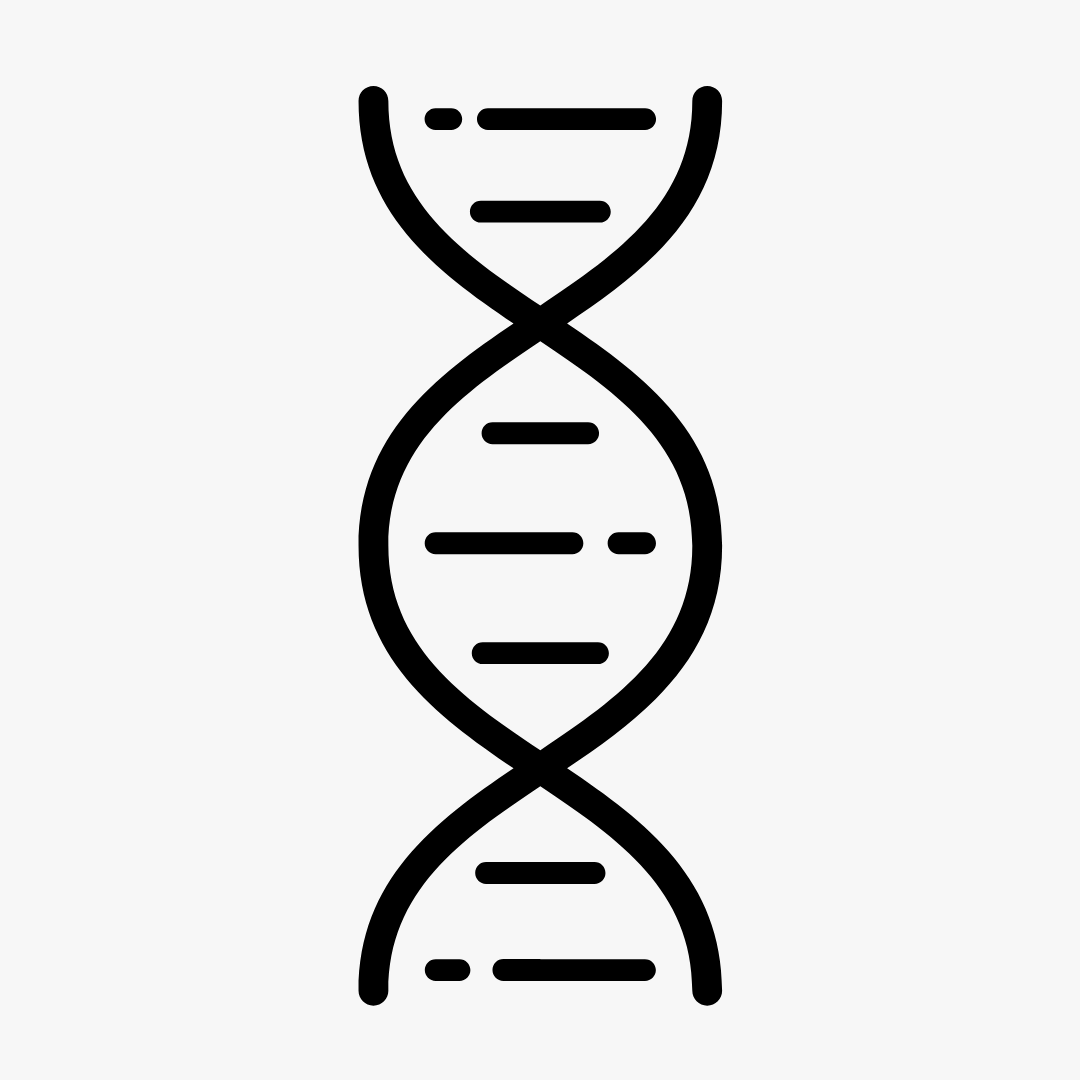
Genetics
If you have a family history of seborrheic dermatitis, you’re more likely to experience it yourself.
-

Environmental Factors
Cold weather, hot showers, and certain harsh skin products can dry out your skin and trigger flare-ups.
-

Stress
Increased stress levels often lead to worsened flare-ups, so take a deep breath—it’s more than just in your head.
Our Solution: The TrueLipids Seborrheic Dermatitis Kit
Take control of your seborrheic dermatitis with our thoughtfully formulated skincare kit.
- Regular price
-
$ 76.80 - Regular price
-
$ 96.00 - Sale price
-
$ 76.80
Fast Relief for Seborrheic Dermatitis on Scalp, Face & Chest
If you’re dealing with the discomfort of seborrheic dermatitis, you know how persistent irritation, redness, and flaking can be. The Seborrheic Dermatitis Kit has been expertly formulated to provide quick and effective relief. Created by dermatologist Dr. Cheryl Lee Eberting, this two-product system targets the causes and symptoms of seborrheic dermatitis, offering soothing relief for the scalp, face, and chest. Experience fast-acting results with this powerful, non-toxic combination, designed to restore skin balance without irritating ingredients.
The kit includes:
- TrueLipids Hydrate, Correct & Perfect Lotion
- TrueLipids 1% Hydrocortisone Barrier Cream
Note: This kit is sold without the kit box.






Please note: As we transition to our beautiful new packaging, you may receive your product in our previous packaging. Rest assured, the size and formula remain exactly the same—only the look is changing!
How it Works
The Seborrheic Dermatitis Kit is designed to work in tandem to soothe irritation, reduce redness, and restore balance to affected areas. Seborrheic dermatitis often causes redness and flaky, irritated skin, particularly on the scalp, face, and chest. The combination of these two products helps to calm inflammation, hydrate the skin, and prevent further flare-ups.
Hydrate, Correct & Perfect Lotion: This patented, fast-absorbing lotion works to hydrate and correct uneven skin tone while calming the redness and flaking often caused by seborrheic dermatitis. It helps restore the skin’s natural barrier while correcting the symptoms of inflammation and redness. The lotion is specifically formulated to prevent further irritation, leaving your skin feeling comfortable and looking smooth.
1% Hydrocortisone Barrier Cream: This powerful, dermatologist-tested cream helps to calm inflammation and prevent the itchiness often associated with seborrheic dermatitis. With a 1% hydrocortisone formula, it reduces redness, swelling, and irritation, providing immediate relief from the discomfort of flare-ups. It also acts as a protective barrier, preventing environmental factors from aggravating your skin.
How to Use
Step 1:
Apply TrueLipids Hydrate, Correct & Perfect Lotion to the affected areas of the scalp, face, or chest. Gently massage into clean, dry skin. Use twice daily to help hydrate, soothe, and balance the skin.
Step 2:
After applying the lotion, follow with 1% Hydrocortisone Barrier Cream to areas experiencing active flare-ups. Apply a thin layer to soothe itching and inflammation. Use as needed to control irritation and reduce redness.
Why it Works
The Seborrheic Dermatitis Kit is your comprehensive solution to managing flare-ups and restoring skin balance. By combining the Hydrate, Correct & Perfect Lotion and the 1% Hydrocortisone Barrier Cream, this kit provides quick relief from the symptoms of seborrheic dermatitis. The unique combination of hydration and soothing anti-inflammatory ingredients targets the root causes of the condition while preventing further flare-ups. Both products are formulated to be gentle on sensitive skin while providing powerful relief from irritation and redness.
Whether you’re dealing with seborrheic dermatitis on your scalp, face, or chest, this kit is designed to bring relief quickly, restoring comfort and balance to your skin so you can feel confident again.
Ingredients
1% Hydrocortisone Barrier Cream:
Active Ingredient:
Hydrocortisone 1%
Inactive Ingredients:
Water, Caprylic/Capric Triglyceride (Coconut), Petrolatum, Neopentyl Glycol Diheptanoate, Polyglyceryl-10 Pentastearate, Behenyl Alcohol, Sodium Stearoyl Lactylate, Glyceryl Stearate, Isostearyl Isostearate, Glycerin, Cetyl Alcohol, 1,3 Propanediol (from Corn), C10-C30 Cholesterol/Lanosterol Esters, Ceramide 3, Phytosphingosine, Candelilla Wax, Glycyrrhetinic Acid, Niacinamide, 1,2-Hexanediol, Caprylyl Glycol, Xanthan Gum, Disodium EDTA, may contain Gluconolactone
Hydrate, Correct, and Perfect Lotion:
Water, Caprylic/Capric Triglyceride (Coconut), Neopentyl Glycol Diheptanoate, Polyglycery l-10 Pentastearate, Behenyl Alcohol, Sodium Stearoyl Lactylate, 1,3 Propanediol (from Corn), Glyceryl Stearate, Cetyl Alcohol, Glycerin, C10-30 Cholesterol/Lanosterol Esters, Ceramide 3, Phytosphingosine, Euphorbia Cerifera (Candelilla) Wax, Niacinamide, Glycyrrhetinic Acid (Licorice Root), Xanthan Gum, Disodium EDTA, 1,2- Hexanediol, Caprylyl Glycol, Gluconolactone
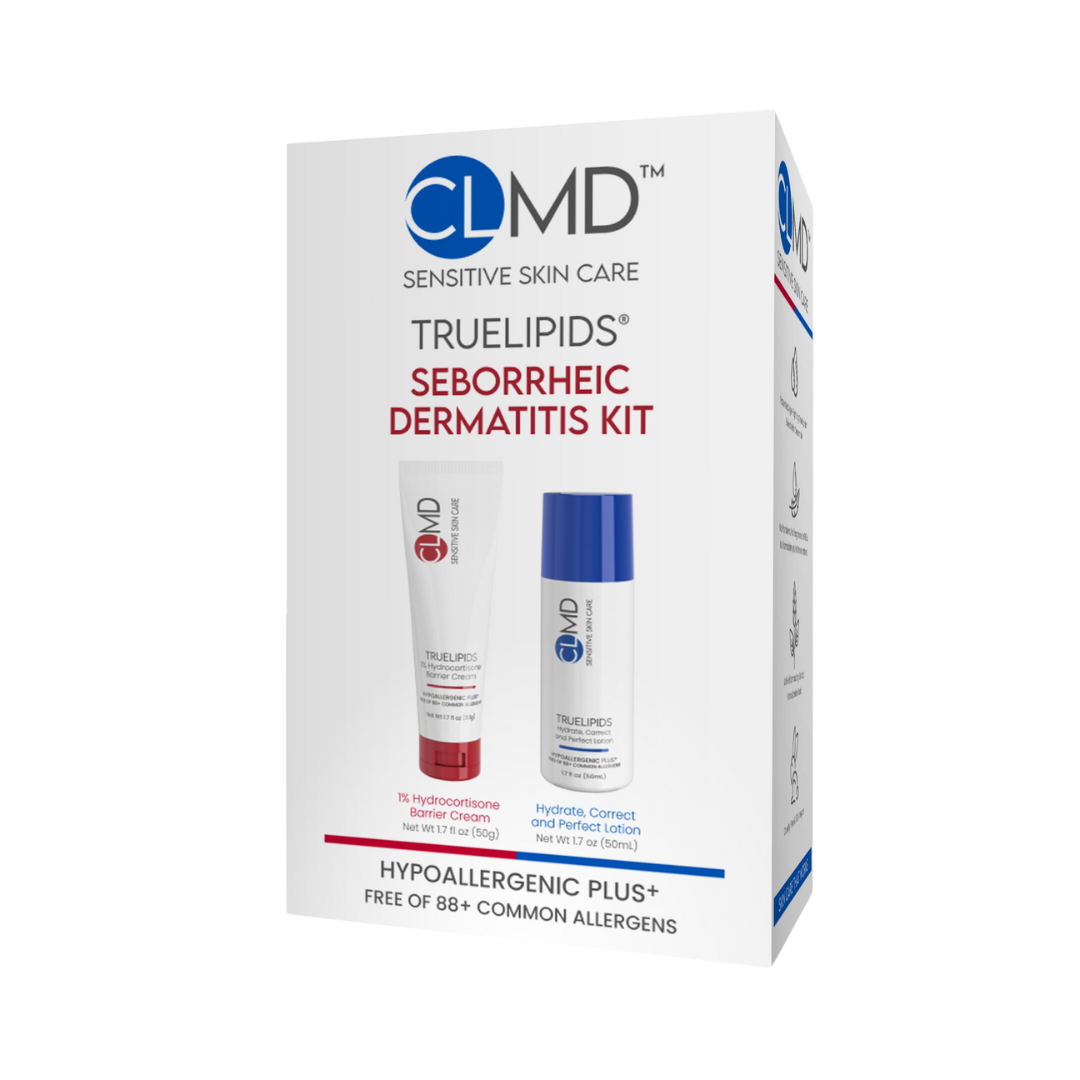
Real People. Real Results.
Sarah G."Finally found a kit that helped stop the excessive flaking on my scalp and near my ears. I cannot thank you enough for restoring my faith in skin care products THAT ACTUALLY WORK!"
Anita D."I had really, really bad flaking all over my scalp and have been searching for a something that would make it all just go away. After a couple weeks of using these products, no more flakes! yippee!"
Regina S."I started using the True Lipids and In less than 24 hours the eczema on my hand was going away!!!! It is now new skin and healing beautifully!"
Calm, Protect, & Restore–Fast
With the Seborrheic Dermatitis Kit, relief is not only quick, but it’s also effective and gentle. The products in this kit help calm irritation, reduce excessive oil, and restore your skin’s barrier—all without harsh ingredients.
The TrueLipids Advantage
Built on three core scientific principles to address the unique needs of seborrheic dermatitis-prone skin:
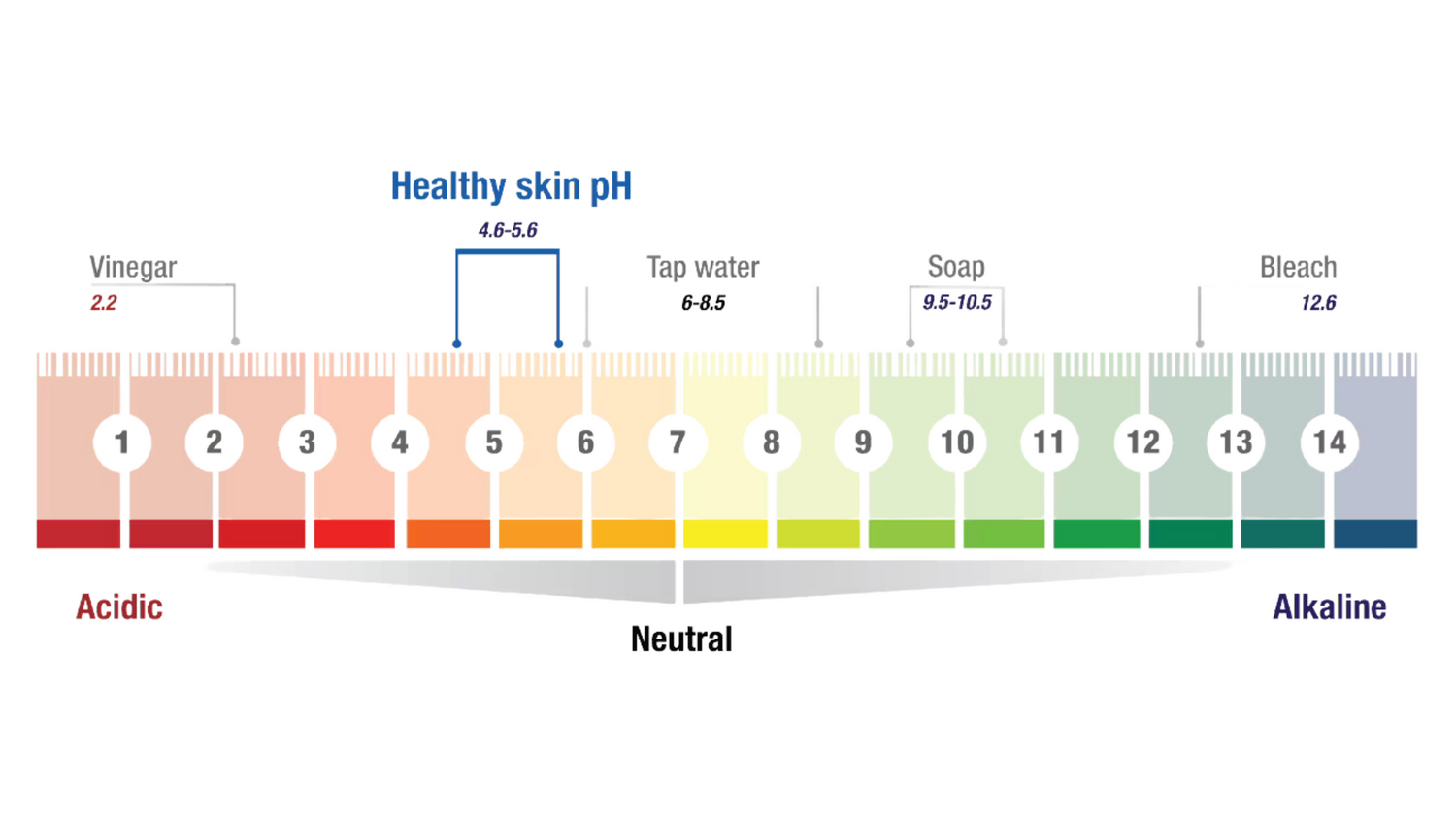

#1: pH Balance
Seborrheic dermatitis thrives when the skin’s pH is out of whack. TrueLipids helps restore the ideal acidic pH range (4.6 - 5.6), which is essential for skin’s health and comfort.


#2: Lipid Replacement
Seborrheic dermatitis can impair your skin’s ability to retain moisture. Our formulations deliver the right balance of ceramides and lipids to keep your skin hydrated and protected.
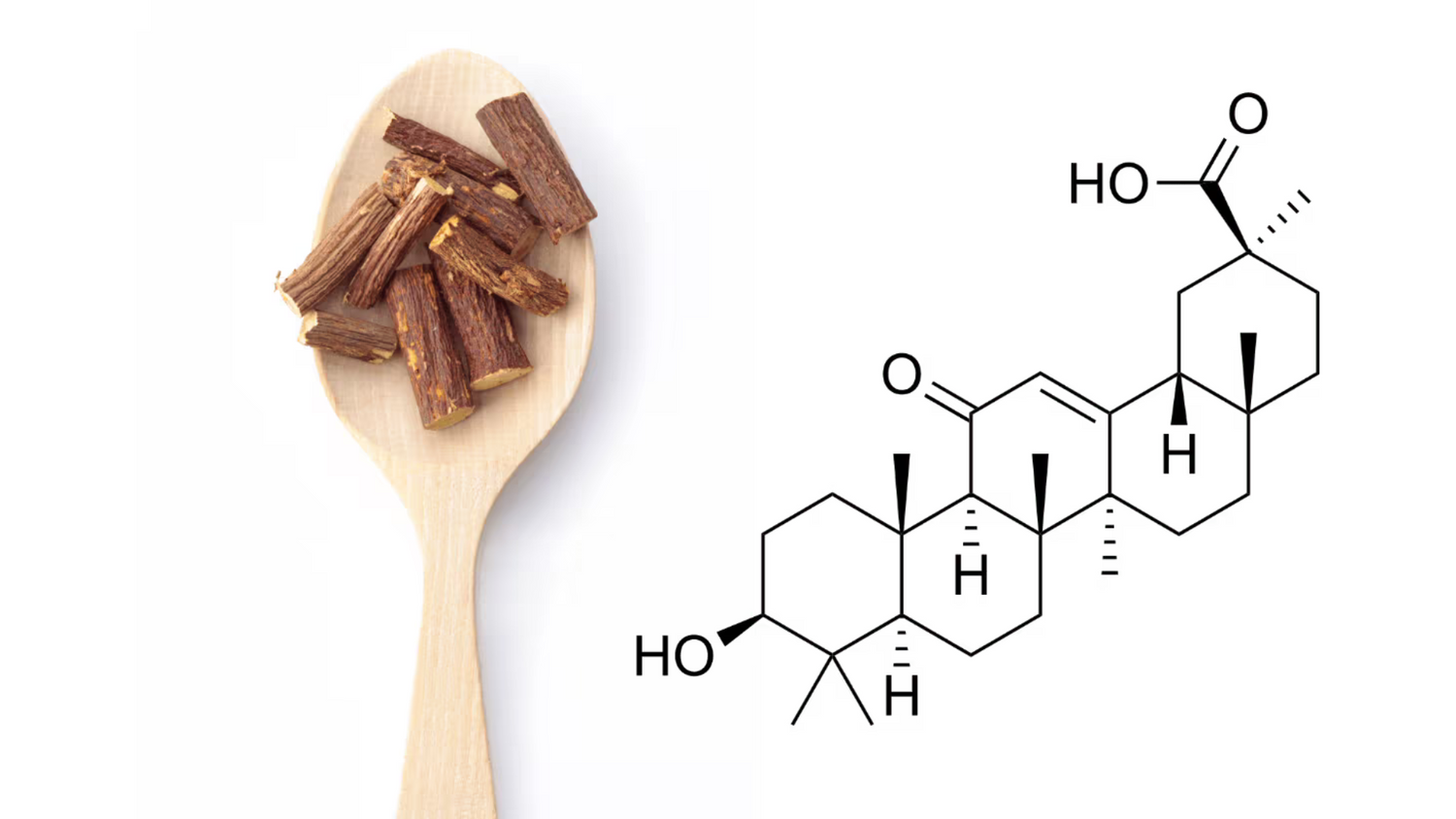

#3: Anti-Inflammatory Ingredients
We use ß-glycyrrhetinic acid (licorice-derived) and niacinamide, which are proven to reduce inflammation and calm irritation, giving your skin the relief it needs.


Why Your Sensitive Skin Needs More TLC
When it comes to seborrheic dermatitis, many treatments can worsen sensitive skin.
That’s why at CLMD, we focus on soothing, hydrating, and restoring—without irritating your skin.
Our products are free from unnecessary chemicals and fragrances, making them perfect for sensitive skin that needs a gentle touch.
Prescription Treatments
(When needed)
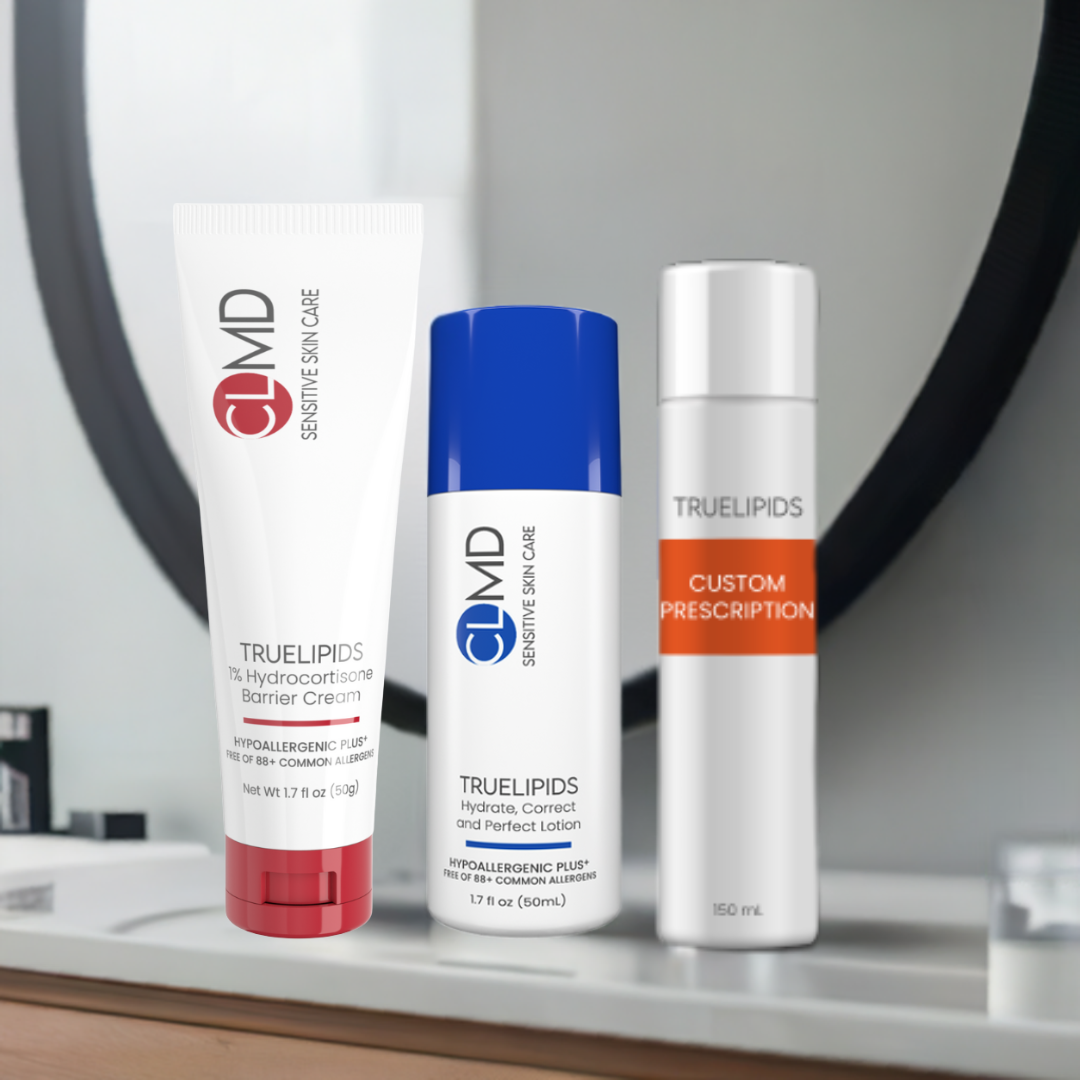

Our Seborrheic Dermatitis Kit is highly effective for managing mild to moderate flare-ups, but severe cases may require additional prescription treatments. If your symptoms persist or worsen, consult your dermatologist for advice.
Our products can still complement prescription therapies, helping to manage symptoms while you work with your doctor to develop a complete treatment plan.
FAQs
Is the Seborrheic Dermatitis Kit safe for sensitive skin? the Ultimate Eczema Kit safe for sensitive skin?
Absolutely! All of our products are formulated specifically for sensitive skin and are free from common irritants like fragrances, parabens, and phthalates.
How often should I use the Seborrheic Dermatitis Kit products?
For best results, apply the products twice daily.
How long will it take to see results with the Seborrheic Dermatitis Kit?
Many users experience relief in as little as a few days, but it can take longer for more persistent flare-ups.
Can I use the Seborrheic Dermatitis Kit alongside prescription treatments?
Yes! Our products work well with prescription treatments. Consult your doctor for advice on how to incorporate both.
How can I prevent seborrheic dermatitis flare-ups?
Avoid triggers like stress, harsh products, and excessive heat. Keep your skin moisturized with gentle, non-irritating skincare.
Can diet affect seborrheic dermatitis?
Diet can play a role, though it’s not the primary cause. Eating a balanced diet and avoiding foods that trigger inflammation can support your skin’s health.
What is seborrheic dermatitis and what causes it?
Seborrheic dermatitis is a chronic inflammatory skin condition that causes red, scaly patches, often on the scalp, face, chest, or back. It’s thought to be caused by an overproduction of sebum (skin oil) and the overgrowth of a yeast called Malassezia. Genetics, stress, weather changes, and certain skin care products can also contribute to flare-ups.
How do I know if I have seborrheic dermatitis or dandruff?
While dandruff and seborrheic dermatitis share similar symptoms like flakes on the scalp, seborrheic dermatitis often involves more irritation, redness, and greasy, yellowish scales. It can also affect other areas like the face and chest. If your symptoms seem persistent or worsen, it’s best to consult a dermatologist.
Can seborrheic dermatitis affect other parts of the body besides the scalp?
Yes, seborrheic dermatitis can appear on any area of the skin with a high concentration of sebaceous (oil) glands. This includes areas like the face (around the nose, eyebrows, and ears), chest, upper back, and even underarm folds. In infants, it’s commonly seen as cradle cap.
Can seborrheic dermatitis be cured?
Currently, there is no cure for seborrheic dermatitis, but it can be effectively managed with consistent treatment. Most people find relief through a combination of skincare products, lifestyle changes, and, when necessary, prescription treatments.
Is seborrheic dermatitis contagious?
No, seborrheic dermatitis is not contagious. It is caused by a combination of factors, including an overproduction of sebum and yeast, neither of which are spread through contact with others.
Does seborrheic dermatitis cause permanent scarring?
In most cases, seborrheic dermatitis does not cause permanent scarring. However, severe flare-ups or scratching can lead to skin damage. Proper treatment and avoiding irritation can help prevent scarring.












